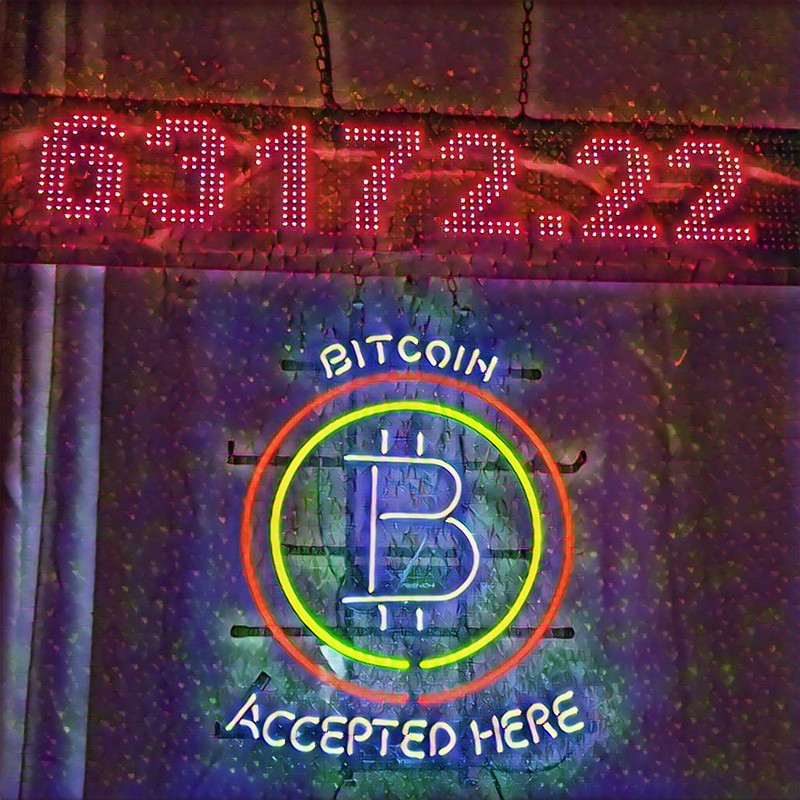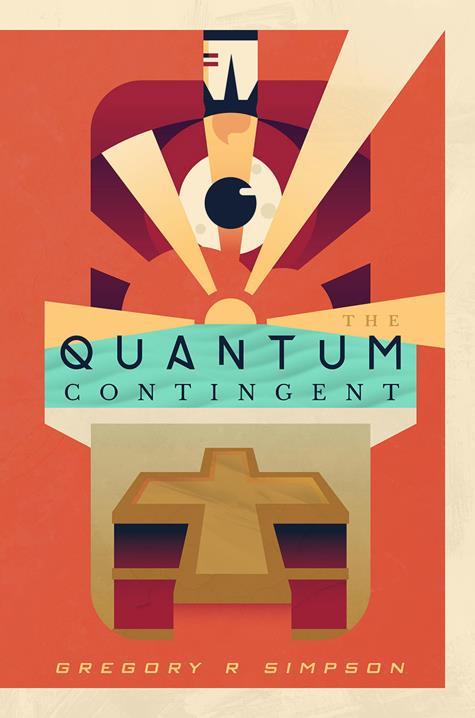|
Cryptocurrency is getting a lot of attention lately. Elon Musk was featured as a financial expert on a Saturday Night Live skit when hosting the show. The skit featured the news anchors asking over and over again, “So, what are cryptocurrencies?” and “What is dogecoin?”
So, I thought I’d give it a shot. As you’ve probably heard, cryptocurrency is a digital currency that is decentralized and secured through encryption. It is a virtual currency. There is no central bank or government that maintains the ledger of the currency because the underlying technology of cryptocurrency is blockchain. Blockchain is a distributed ledger. Simply put, the ledger of the transactions on a blockchain are stored across many different computers spread across the internet and are under no central authority like a bank. This is one of the things that makes blockchain ledgers so secure, the transaction is encrypted AND it isn’t in just one place. People often talk about how Bitcoin and other digital currencies have value simply because other people think they have value. This means they can be very volatile since people may think they are worth a lot one day, and not so much the next! However, there are real value cases to cryptocurrencies and their underlying technology, blockchain. For one, since there is no central institution involved, you can move monetary transactions across international borders with relative ease. For example, the value of bitcoin is the same all over the world, so there is no exchange rate as it crosses country borders and no delays required to use the currency across the world. If you are traveling with your BTC wallet, you can use BTC immediately, regardless of what country you are in, and if the merchant accepts bitcoin, with no exchange. In addition, transferring money is instantaneous. Try to send money to a friend in another country. It can be costly and time consuming to do it from one bank to another. One of the best person to person tools, Venmo, only works from one US user to another US user. To do international currency exchanges, you’ll need to look to Venmo’s older brother, PayPal. Paypal can send money to an international user quickly and easily, but there is a 5% fee on the transaction (capped at $4.99). In addition, if the recipient needs to convert it to another currency, there is another 3-3.75% conversion fee. Compare this to using Coinbase. You can send money across borders using USDC instantly with no charge and then the recipient can convert it to local currency if needed. (there may be an exchange fee for this) So, even though PayPal does a pretty good job with money movement, banks still have difficulty doing money transfers quickly and inexpensively. Crypto takes the financial institutions out of the middle of the money movement and enables some new players to provide new services in this space. In our ever-changing global world, crytocurrencies are not just a meme game. However, today, cryptocurrencies are too volatile to be a good “currency.” Instead, they are primarily used as a speculative investment. Many people buy cryptocurrency hoping it will “go to the moon” and increase significantly in value. This is not what you want in a general purpose currency. You don’t want to pay 10XYZCoin for a pizza one day when it has a value of $15 USD and then find out the next day that 10XYZCoin are worth $450… that would be one expensive pizza. This really happened. On May 22nd, 2010, a person paid a user 10,000 BTC for two large pizza’s. At the time, the bitcoin was for $30-$40 USD. Today, 10,000 bitcoin is worth over 500,000,000 MILLION Dollars… Ouch. That is one expensive pizza. Anyway, this is a blog about The Quantum Contingent. If you want to learn more about bitcoin, blockchain or cryptocurrency, there are numerous YouTube videos to help explain it more. Let me just say you’ll be sure to hear a lot about cryptocurrencies in The Quantum Contingent. Come back next week for another Quantum Contingent location photo blog. Greg
0 Comments
Leave a Reply. |
The BlogGreg's blog will cover some of the things he learned as well as some of the tech and locations he used in his new novel, The Quantum Contingent. Archives
November 2023
Categories |


 RSS Feed
RSS Feed